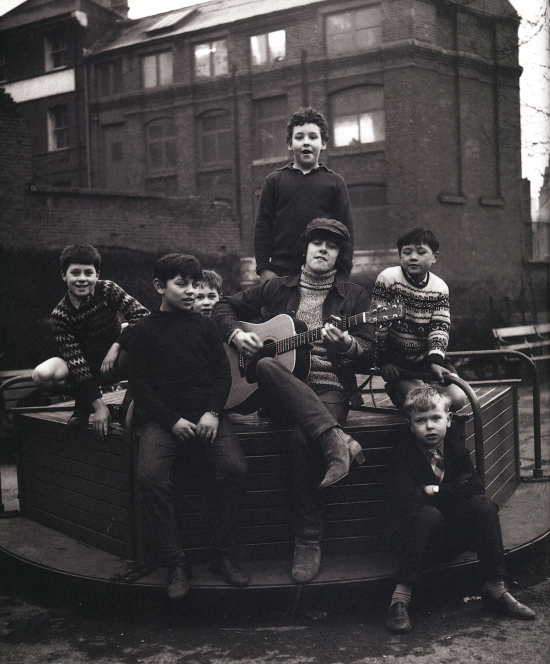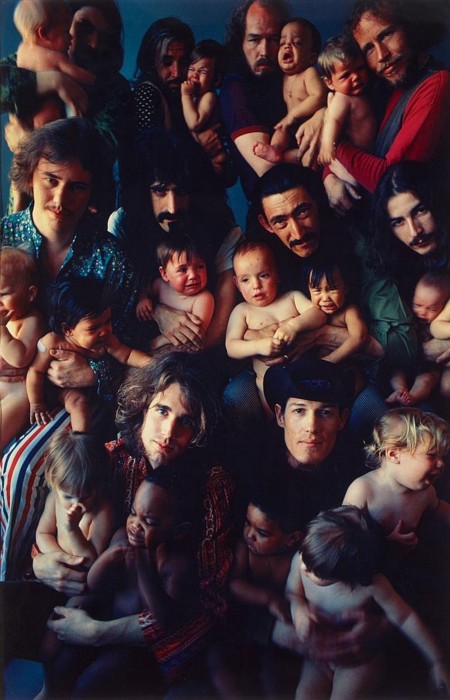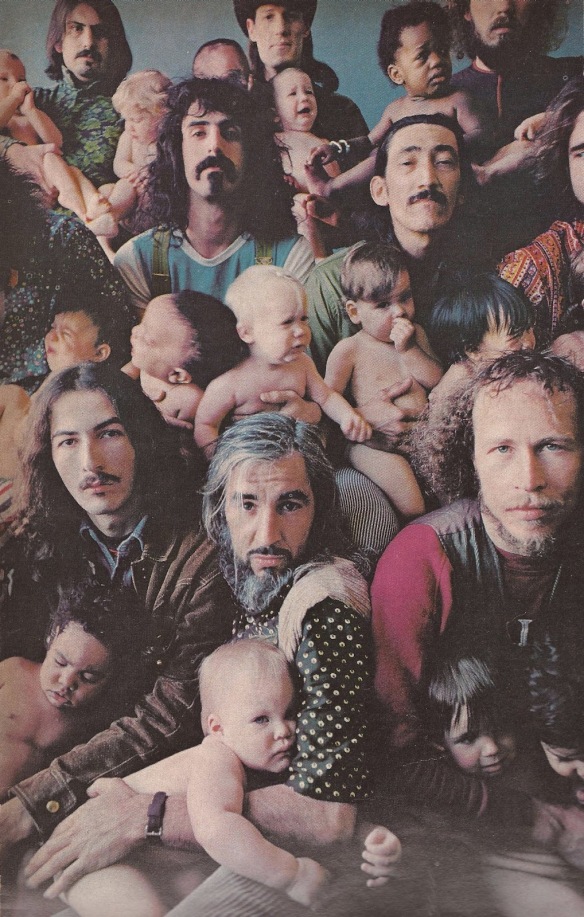 Rolling Stone. Issue No. 683, June 2, 1994
Rolling Stone. Issue No. 683, June 2, 1994
In a special edition to remember his life and legacy, Rolling Stone put a close-up photo of Kurt Cobain staring at the camera on its June 4, 1994 cover. That photo, shown at right, was taken at the Park Trades Center in Kalamazoo (Michigan) on Oct. 27, 1993, according to Rolling Stone and Kalamazoo Gazette archives.
“On good days, Kurt was talkative and eager to play,” says former Nirvana publicist Jim Merlis. “On bad days, no one could make you feel so uncomfortable without saying a word.” October 27th, 1993, was a good day. Nirvana were in Kalamazoo, Michigan, ten days into a U.S. tour promoting In Utero, and Kurt Cobain was excited about that night’s show; two of his favorite bands, the Meat Puppets and the Boredoms, were joining the bill.
And Cobain’s daughter, one-year-old Frances Bean, was in the entourage. She had been shuttling between Nirvana gigs and a studio in Atlanta where her mother, Courtney Love, was recording Hole’s Live Through This. “Just the sight of Frances could change his whole attitude,” Merlis says of Cobain, who was in such a buoyant mood that afternoon he happily sailed through a long Rolling Stone cover session with Mark Seliger.
 Rolling Stone No. 628, April 1992
Rolling Stone No. 628, April 1992
Seliger had already shot Cobain on a bad day, for a 1992 cover story about Nirvana’s manic overnight stardom. “Kurt was very resistant,” Seliger recalls. “He didn’t want to be publicized. He didn’t want anything but to be true to his fans and to the music.” To emphasize his discontent, Cobain wore a T-shirt with the now-famous homemade inscription corporate magazines still suck. Twenty months later, in Kalamazoo, Cobain was ready to laugh at the irony of Nirvana’s superstardom. “We arranged to have Brooks Brothers suits as a response to their success,” says Seliger. “Kurt thought it was really funny. He loved it.” Cobain also posed in a female cheerleader’s outfit, complete with pompoms.
But before taking those photos, Seliger also quickly shot individual frames of each band member. And in this commanding close-up of Cobain’s steady, wary gaze, he caught the insecurity, frustration and mistrust that still gnawed at the Nirvana frontman. Two days earlier, in Chicago, Cobain had spoken frankly of his teenage rock & roll dreams and his ongoing war with fame. “I never wanted to sing,” he told Rolling Stone‘s David Fricke. “I just wanted to play rhythm guitar — hide in the back and just play.” But when the big time hit him, in the fall of 1991, he said, “It was so fast and explosive. I didn’t know how to deal with it. If there was a Rock Star 101 course, I would have liked to take it. It might have helped me.” Still, he insisted, life was good and getting better: “I just hope I don’t become so blissful I become boring. I think I’ll always be neurotic enough to do something weird.”
Six months later, on April 8th, 1994, Cobain was found dead, from a self-inflicted gunshot, in a room above the garage at his Seattle home, and Seliger’s portrait, first published with Fricke’s interview, carried the weight of epitaph, on the cover of Rolling Stone‘s special issue commemorating Cobain’s life, music and tragic death.

Caption: “Originally an inside opener for Rolling Stone cover story of Nirvana in conjunction with the release of “In Utero”, my first Polaroid (with negative) was by far the most emotional and revealing of his spirit. Two months later Kurt died from a self-inflicted gun shot wound to his head. This photograph became the memorial R.S. Cover”




















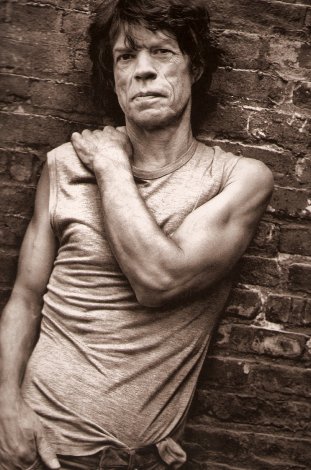






































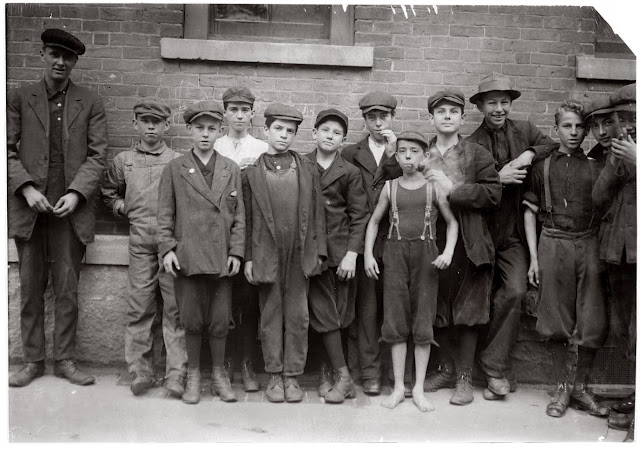

 Kate Moss with children. Photos by Bruce Weber
Kate Moss with children. Photos by Bruce Weber Drew Barrymore as scout by Mark Seliger
Drew Barrymore as scout by Mark Seliger French kids imitate Dizzy Gillespie’s cheeks in Nice (France) by Milt Hinton, 1981
French kids imitate Dizzy Gillespie’s cheeks in Nice (France) by Milt Hinton, 1981
 Bob Dylan and kids, Liverpool, England, 1966. Barry Feinstein
Bob Dylan and kids, Liverpool, England, 1966. Barry Feinstein